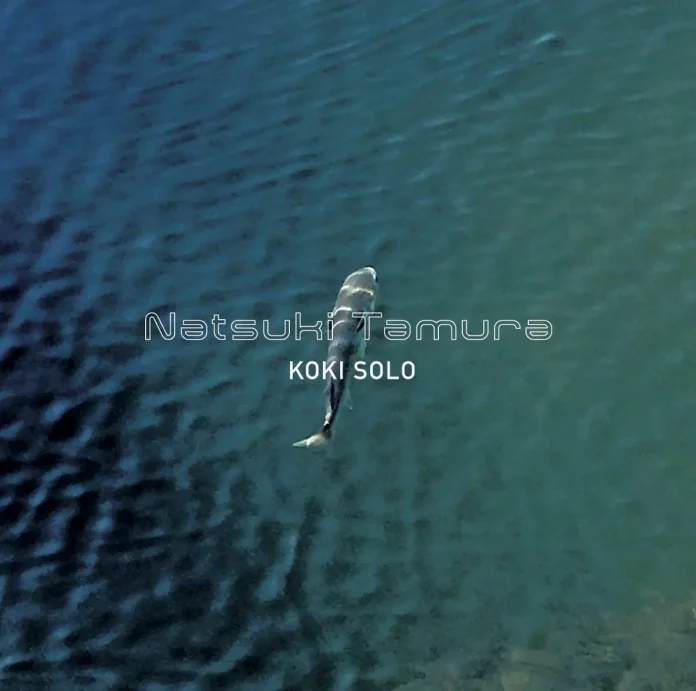Tamura began playing trumpet with his junior high school brass band and embarked on his professional career after graduating from high school, playing in numerous bands as well as his own groups and working on a number of national TV shows in Japan from 1973–1982. As well as working with numerous bands of various sizes, including those led by his wife, the distinguished pianist and composer Satoko Fujii, he has been making solo recordings since 1998.
On his birthday in July 2019 he suddenly realised that he had been a professional musician for 50 years and began to wonder what it would be like to start playing piano and drums. As he is married to Fujii access to a piano at home was no problem, but he rented sessions at a studio to practice drums. Eventually, after several solo gigs he decided to make a CD. By then Covid had arrived and, perforce, Tamura needed to do the recordings at home, where he and Fujii have a soundproofed room. The room houses Fujii’s grand piano and is too small for a drum kit as well, so Tamura turned to kitchen equipment, including the large wok he uses on this session.
The fanfare-like trumpet figures of Sekirei provide an arresting start to the session, with Tamura vocalising through the horn, a device he uses on Sagi in a more extreme fashion, at times apparently sucking as well as blowing and achieving some remarkable low notes. The lyrical Kawau is a lovely melodic and contemplative piece, demonstrating the pure quality of Tamura’s tone when he plays more conventionally.
On Karugamo and Kamone he counterpoints his use of the wok with chanting that seems rooted in traditional Japanese theatre. Since the piano was in the room Tamura could hardly resist using it, and on Bora he displays a nice harmonic sensibility, with faint echoes of the French impressionist composers as well as Bartok but, as on most of the pieces, there are also strong allusions to traditional music, including more chanting towards the end. The striking, bluesy Chidori is the nearest thing to standard song-form, again showcasing Tamura’s tone as he uses mute and growl effects as well as open horn. Isoshigi closes proceedings with spiky piano and agitated chanting that suddenly fades out, seeming like an invitation to return to the start for a resolution.
It’s an intriguing album to set alongside and contrast with Tamura’s often more ferocious work elsewhere. His witty and informative cover-notes complete the package.
Discography
Sekirei; Karugamo; Kawau; Bora; Sagi; Kamone; Chidori; Isoshigi (54.36)
Tamura (t, p, v, wok). Kobe City, Japan, 7 December 2020.
Libra Records 101 066















